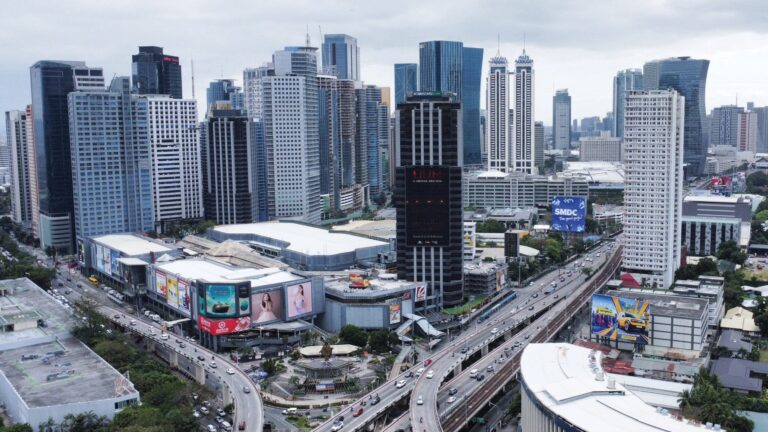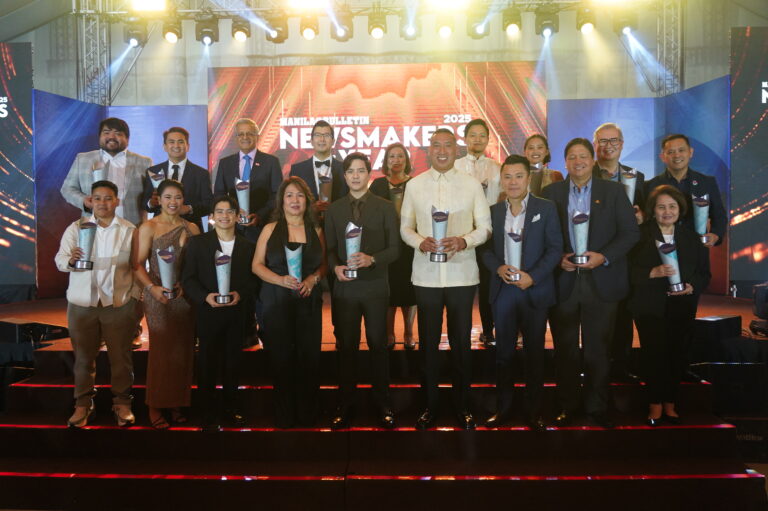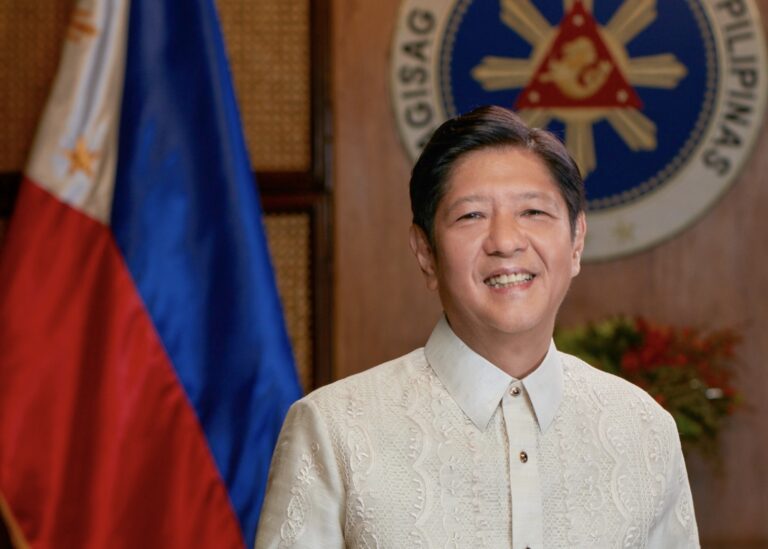We ask Cultural Center of the Philippines president Kaye Tinga to lend her voice as we assess how far we have come as a nation since the Manila Bulletin was founded 125 years ago and she cites how Philippine arts and culture now transcend physical and time boundariesThe Cultural Center of the Philippines (CCP) was …
We ask Cultural Center of the Philippines president Kaye Tinga to lend her voice as we assess how far we have come as a nation since the Manila Bulletin was founded 125 years ago and she cites how Philippine arts and culture now transcend physical and time boundaries
The Cultural Center of the Philippines (CCP) was established in 1966, with our history traditionally tied to our flagship building, the Tanghalang Pambansa, which broke ground that same year.
At that time, there was a gap in world-class entertainment venues in the country. The Tanghalang Pambansa and entire CCP Complex provided a professional platform for our Filipino artists, stressing the importance of Philippine arts and culture. Beyond the fact that it is a world-class venue for our artists, it is also a community arts space that democratizes artistic access by providing a public platform for arts education, performance, and engagement.
These steps toward democratization and then decentralization represent how life has become better for Filipino art and artists.
Over the years, we have even expanded beyond the CCP Complex, developing regional venues as well as outreach programs. This allows us to bring artistic opportunities to communities all over the country. First establishing the democratization of the arts, this next step of decentralization was key to making arts more accessible and to promote it to a wider audience.
Now, digital technologies have allowed us to fulfill our mission to an even greater extent. Online platforms serve as expansive stages where Filipino arts and culture transcend physical and time boundaries. Artists are able to share their work instantly and reach a wide audience.
Our mission of promoting and preserving Filipino art and artists goes beyond physical spaces, creating great opportunities for artistic expression and even cultural exchange. These steps toward democratization and then decentralization represent how life has become better for Filipino art and artists. Our arts can now breathe, expand, and connect globally, reflecting the dynamic, innovative spirit of Filipino creativity.
Join the Club
Like this story? You’ll love our monthly newsletter.







